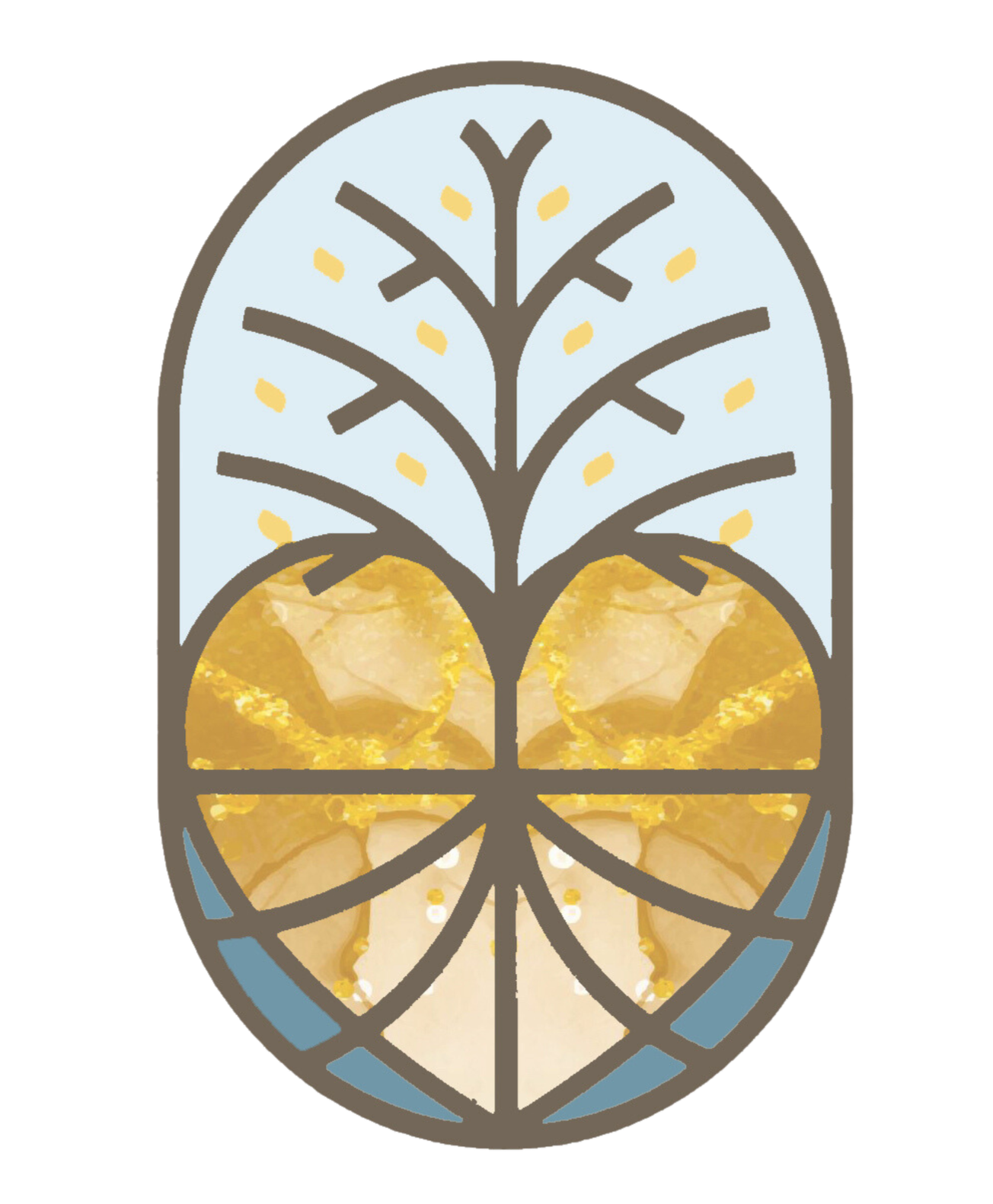When Presence Lingers: A Reflection on the Heart of This Work
There are moments in this work that stand out—not because of what was done, but because of what was felt. Today was one of those moments.
I received a reflection from a client that I’ve continued to carry with me. It wasn’t focused on a technique or a strategy. Instead, they spoke about the shift that came from how they were received. That reminder of the how—not just the what—felt quietly important.
They spoke about what it meant to feel truly seen. Not just heard, but attuned to. They named the steady presence in the room, the way that safety began to emerge—not through doing, but through being. When grief overwhelmed them, when breath and rational thought slipped away, their nervous system did what it had always known to do: flee, shut down, collapse. What made the difference, they said, was not something said or fixed—it was knowing they didn’t have to hold it alone.
That felt sense of connection allowed something to soften. It helped them feel the ground again. And that matters.
They described how safety created enough space for something else to come forward—clarity, trust, even curiosity. Later, a poem came to them that echoed something we had spoken about around how past versions of ourselves continue to show up. In another moment, it might not have resonated. But that day, it did. The conversation made it possible to receive the poem differently. That kind of presence, when held gently, continues long after the session ends. It lingers.
They named humour, compassion, attunement—not as features of therapy, but as part of what allowed them to be in the space without fear. That was what stood out. The nervous system doesn’t respond to words—it responds to tone, to breath, to the energy in the room. They noticed that. They felt it. And they trusted it enough to stay.
And they reminded me—without ever intending to—why this work matters to me in the way that it does.
I’ve done the work to build presence and attunement. I’ve trained, and I’ve continued to return to the theory, the practice, the body, and the self. But no matter how far I go in this work, I’m always learning, I don't always get it right, no matter my intention. And my greatest teachers are the people who sit across from me.
Clients continue to show me the depth of this work. They remind me that being a therapist doesn’t mean having the answers—it means being willing to sit in the questions. It means honouring someone’s pace. It means allowing the space to become what’s needed, not what’s prescribed.
Their presence reminded me of that. Their reflection, their noticing, their courage to name what was meaningful—those are the things that stay with me.
This is not a space of fixing. It’s a space of honouring what’s already there, of making room for it, of trusting the body’s wisdom to find its way back when it’s ready.
And while I don’t always say it out loud, I’m deeply grateful. For the trust. For the honesty. For the quiet co-creation of safety and connection that makes real healing possible.
-Angela Larmer

